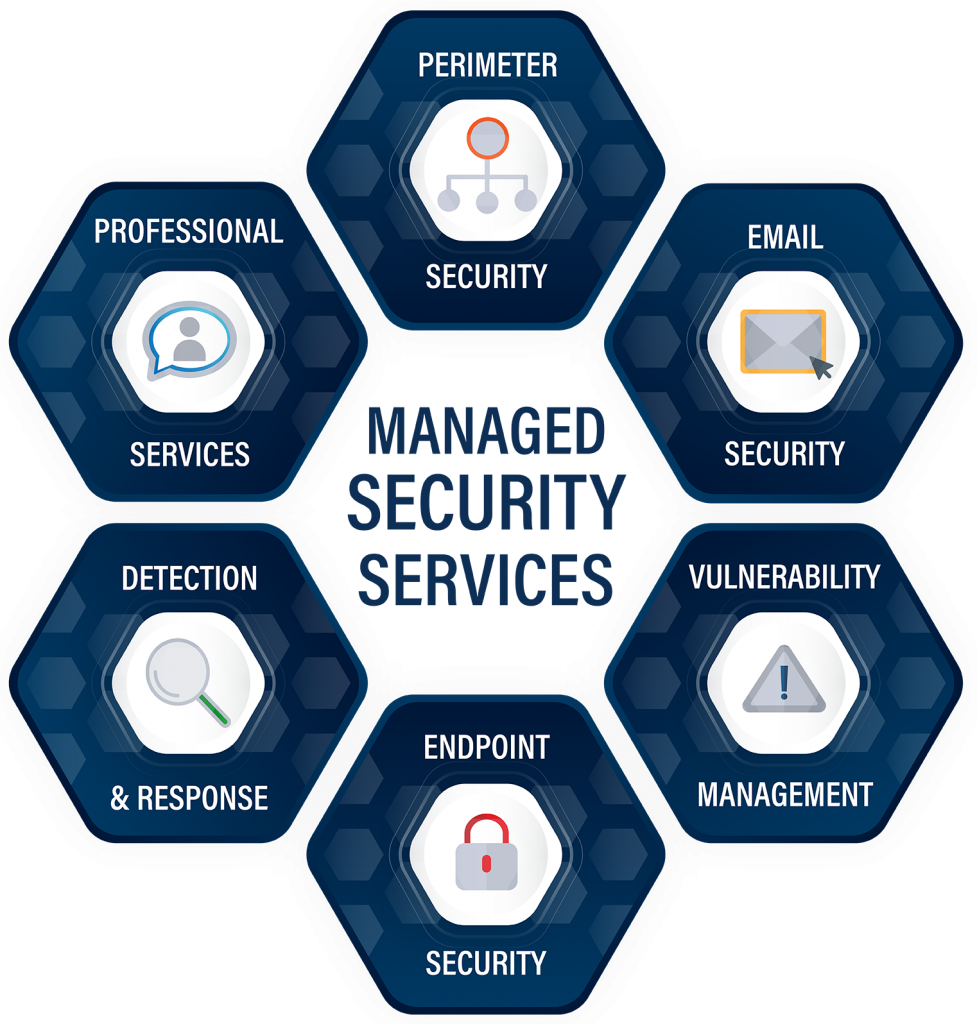Solving Energy Challenges: How Lithium Batteries are Transforming IndustriesSolving Energy Challenges: How Lithium Batteries are Transforming Industries
In an increasingly digital world, reliable and efficient energy storage is crucial. One technology that has revolutionized the way we store and utilize energy is the lithium battery. From smartphones to electric vehicles, lithium batteries have become the preferred choice due to their high energy density, long lifespan, and lightweight design.
Lithium batteries work on the principle of lithium-ion movement between the positive and negative electrodes. This movement generates an electrical current that can power various devices and systems. Unlike traditional lead-acid batteries, lithium batteries offer numerous advantages, making them the go-to option for portable electronics, electric vehicles, and renewable energy systems.
One of the key advantages of lithium batteries is their exceptional energy density. Compared to other battery chemistries, lithium batteries can store a higher amount of energy per unit of weight, allowing for longer-lasting power in compact designs. This is especially important for portable devices that require extended usage without frequent recharging.
Another significant benefit is the long lifespan of lithium batteries. Properly maintained lithium batteries can last for several years, making them a cost-effective solution in the long run. Additionally, lithium batteries have a low self-discharge rate, meaning they can retain their charge for extended periods when not in use.

The lightweight nature of lithium batteries is advantageous in applications that require mobility and portability. Electric vehicles, for example, benefit from the reduced weight of lithium batteries, as it allows for improved efficiency and increased driving range. Similarly, portable electronics like smartphones and laptops have become lighter and more compact with the use of lithium batteries.
Lithium batteries also offer faster charging times compared to other battery types. With advancements in charging technologies, lithium batteries can be charged to a significant capacity in a relatively short period. This feature enhances user convenience and reduces downtime for devices or vehicles reliant on lithium battery power.
Furthermore, lithium batteries are more environmentally friendly compared to traditional battery chemistries. They contain fewer toxic substances, such as lead and 30ah lithium battery , making them easier to dispose of or recycle. Additionally, the growing popularity of lithium batteries has driven advancements in recycling technologies, further minimizing environmental impact.
In conclusion, lithium batteries have transformed the way we power our devices and systems. Their high energy density, long lifespan, lightweight design, and fast charging capabilities make them an ideal choice for a wide range of applications. As technology continues to advance, we can expect further innovations in lithium battery technology, driving the development of more efficient and sustainable energy storage solutions.…



